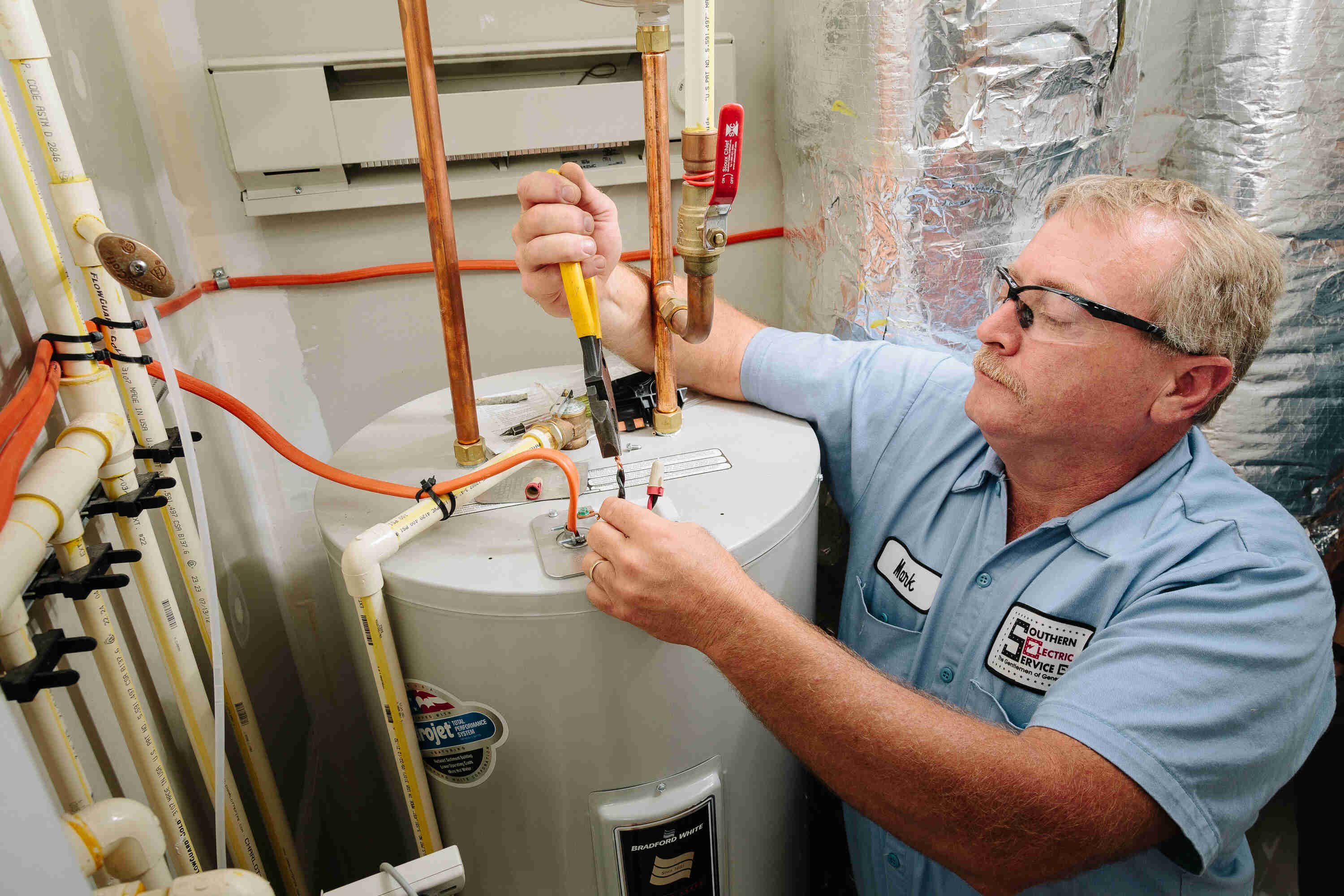Making Sure Durability of Your Home's Hot Water System: Care AdviceProfessional Tips for Maintaining Your Home's Hot Water System
Making Sure Durability of Your Home's Hot Water System: Care AdviceProfessional Tips for Maintaining Your Home's Hot Water System
Blog Article
Just how do you feel in regards to Tips on Maintaining a Water Heater?

Hot water is vital for day-to-day convenience, whether it's for a revitalizing shower or cleaning dishes. To ensure your hot water system runs effectively and lasts much longer, routine maintenance is essential. This short article provides practical tips and insights on how to preserve your home's warm water system to prevent interruptions and costly fixings.
Intro
Preserving your home's hot water system might seem daunting, yet with a couple of easy steps, you can ensure it runs efficiently for many years to find. This guide covers every little thing from recognizing your hot water system to DIY maintenance ideas and understanding when to call specialist aid.
Importance of Preserving Your Hot Water System
Routine upkeep not just extends the lifespan of your hot water system however likewise guarantees it runs successfully. Disregarding maintenance can lead to decreased efficiency, higher energy bills, and also early failing of the system.
Indications Your Hot Water System Needs Maintenance
Recognizing when your warm water system needs focus can protect against significant problems. Look out for signs such as inconsistent water temperature level, odd noises from the heater, or corroded water.
Recognizing Your Hot Water System
Prior to diving right into maintenance tasks, it's helpful to recognize the fundamental elements of your hot water system. Typically, this consists of the water heater itself, pipes, anode poles, and temperature level controls.
Regular Monthly Maintenance Tasks
Normal regular monthly checks can help catch small problems before they escalate.
Purging the Water Heater
Flushing your hot water heater eliminates sediment build-up, enhancing efficiency and lengthening its life.
Monitoring and Replacing Anode Rods
Anode poles stop corrosion inside the container. Examining and replacing them when broken is essential.
Inspecting and Readjusting Temperature Setups
Changing the temperature setups ensures optimum performance and safety and security.
Do It Yourself Tips for Maintenance
You can execute a number of maintenance jobs on your own to keep your warm water system in top problem.
Checking for Leakages
Frequently evaluate pipelines and connections for leakages, as these can cause water damage and greater expenses.
Evaluating Stress Relief Valves
Testing the stress relief valve guarantees it works correctly and protects against extreme pressure build-up.
Protecting Pipes
Protecting hot water pipelines decreases warmth loss and can conserve energy.
When to Call a Specialist
While DIY maintenance is valuable, some issues need specialist competence.
Facility Issues Needing Professional Assistance
Instances include major leakages, electric troubles, or if your water heater is regularly underperforming.
Regular Professional Maintenance Perks
Professional maintenance can consist of detailed evaluations, tune-ups, and guaranteeing compliance with security requirements.
Final thought
Normal upkeep of your home's warm water system is crucial for effectiveness, long life, and price financial savings. By adhering to these suggestions and recognizing when to seek expert aid, you can guarantee a trustworthy supply of hot water without unforeseen disruptions.
How to Maintain an Instant Hot Water Heater
Before tinkering with your hot water heater, make sure that it’s not powered on. You also have to turn off the main circuit breaker and shut off the main gas line to prevent accidents. Also turn off the water valves connected to your unit to prevent water from flowing into and out of the appliance. 2. When you’re done, you have to detach the purge valves’ caps. These look like the letter “T” and are situated on either side of the water valves. Doing so will release any pressure that has accumulated inside the valves while at the same time avoid hot water from shooting out and burning your skin. 3. When the purge valves’ caps are removed, you have to connect your hosing lines to the valves. Your unit should have come with three hoses but if it didn’t, you can purchase these things from any hardware or home repair shops. You can also get them from retail stores that sell water heating systems. Read the user’s manual and follow it to complete this task properly. When the hosing lines are connected, open the purge port’s valves. 4. You should never use harsh chemical cleaners or solutions when cleaning your unit. Make use of white vinegar instead. It should be undiluted and you’ll probably use about 2 gallons. 5. Now flush your water heater. This task should probably take about 40 minutes. We can’t give you specific directions for this because the procedure is carried out depending on the type, model and brand of your heater. With that being said, refer to the user’s manual. 6. When you’re done draining the unit, you have to turn off the purge port valves again. Remove the hosing lines that you earlier installed on each of the water valves. Put the valve caps (purge port) back in their respective places and be very careful so as not to damage the rubber discs that are found inside these caps. 7. Now that everything’s back in place, check your user’s manual again to find out how to reactivate your water heating system. 8. Once it is working, turn one of your hot water faucets on just to let air pass through the heater’s water supply pipes. Leave the tap on until water flows smoothly out of it. https://www.orrplumbing.com/blog/2014/september/how-to-maintain-an-instant-hot-water-heater/

We were introduced to that editorial on What Kind of Maintenance Do Water Heaters Need? from a buddy on another web property. Do you know about anybody else who is curious about the niche? Feel free to share it. Thank you for going through it.
Call Today Report this page